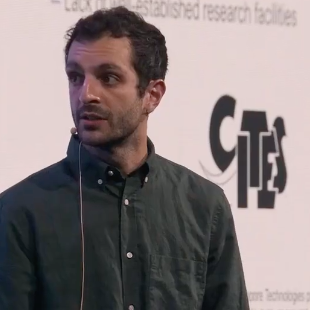187
0
0
Like?
Please wait...
About This Project
The current rate of biodiversity loss calls for immediate actions. The recent commercialisation of portable scientific instruments enables DNA metabarcoding analysis in field-laboratory conditions. We have been developing a harmonised laboratory system for arthropod species identification to assess how environmental change is impacting biodiversity on the remote islands of the Aeolian Archipelago (Italy), which could be scaled up for similar studies.

Browse Other Projects on Experiment
Related Projects
Using eDNA to examine protected California species in streams at Hastings Reserve
Hastings Reserve is home to three streams that provide critical habitat for sensitive native species. Through...
City smart: Are cities making birds smarter?
One cannot go to Florida and miss the White Ibises roaming golf, park and private lawns. But how does a...
How do polar bears stay healthy on the world's worst diet?
Polar bears survive almost entirely on seal fat. Yet unlike humans who eat high-fat diets, polar bears never...

